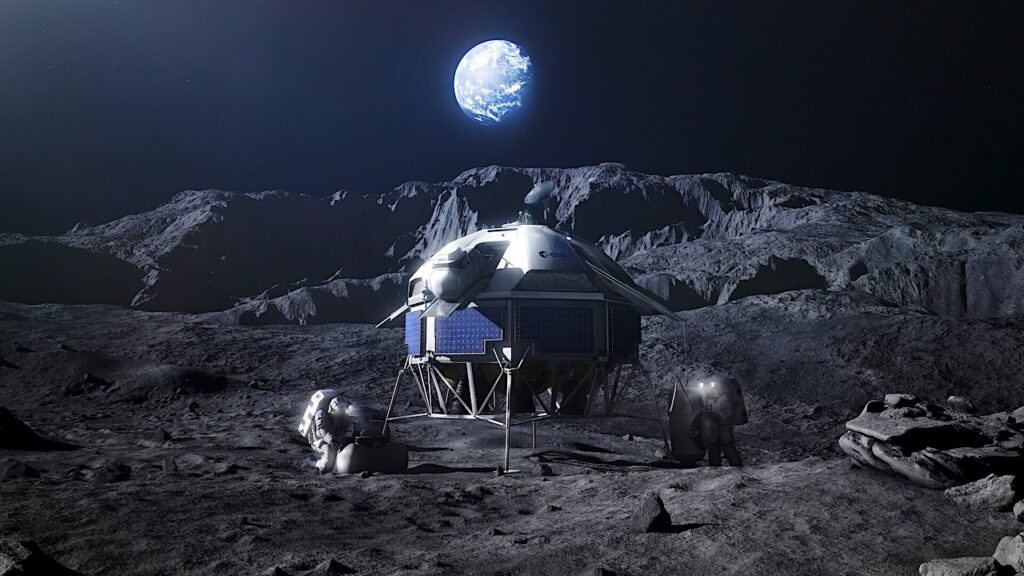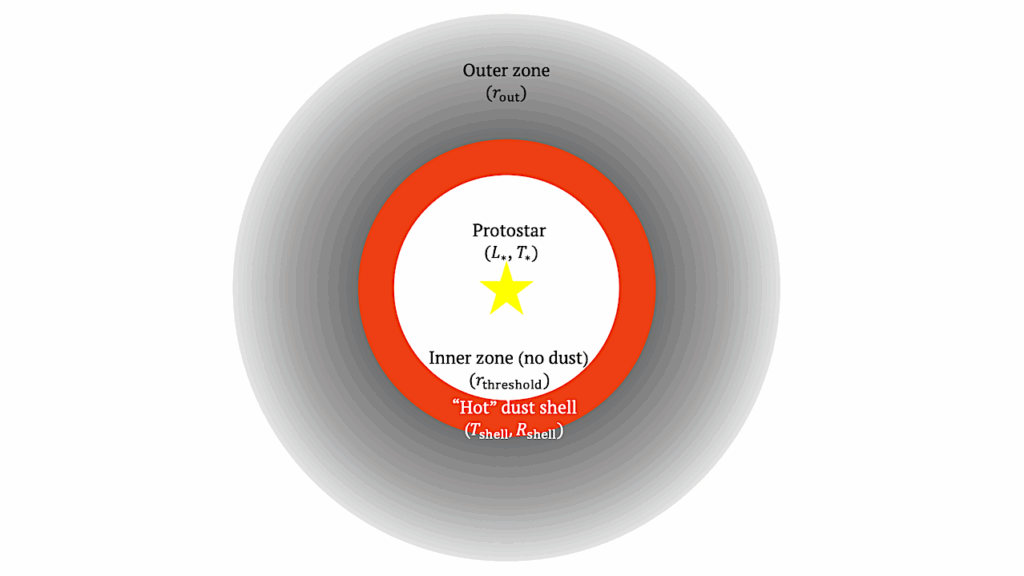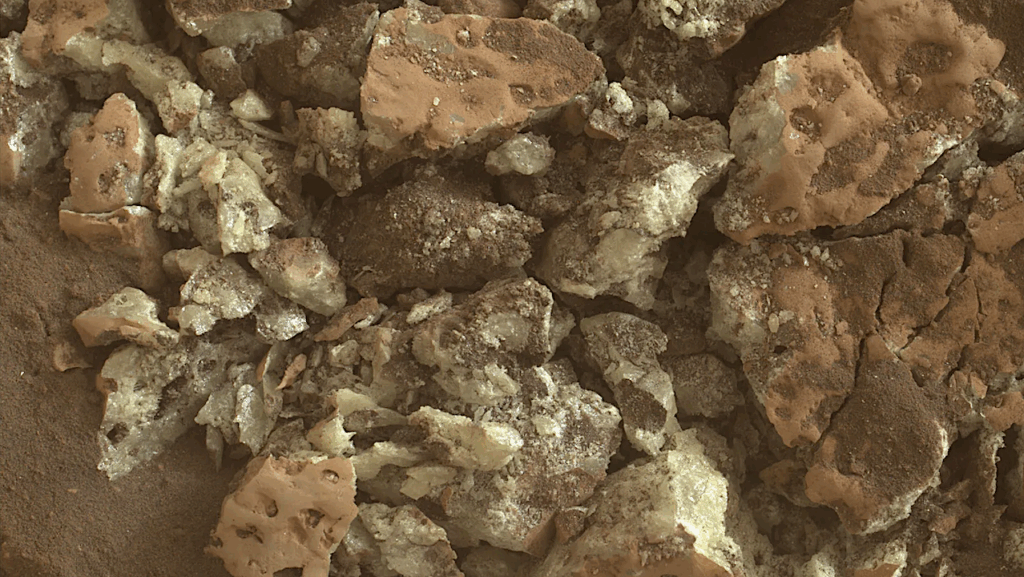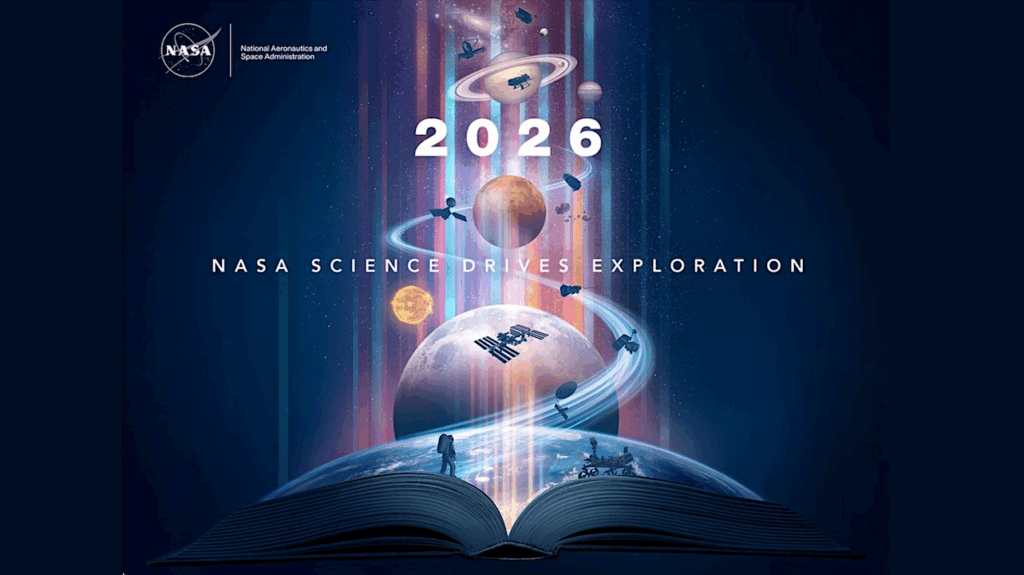Surface Volatile Composition as Evidence for Hydrothermal Processes Lasting Longer in Triton’s Interior Than Pluto’s

Ocean worlds, or icy bodies in the outer solar system that have or once had subsurface liquid water oceans, are among the most compelling topics of astrobiology. Typically, confirming the existence of a subsurface ocean requires close spacecraft observations.
However, combining our understanding of the chemistry that takes place in a subsurface ocean with our knowledge of the building blocks that formed potential ocean worlds provides an opportunity to identify tracers of endogenic activity in the surface volatiles of Pluto and Triton.
We show here that the current composition of the volatiles on the surfaces and in the atmospheres of Pluto and Triton are deficient in carbon, which can only be explained by the loss of CH4 through a combination of aqueous chemistry and atmospheric processes.
Furthermore, we find that the relative nitrogen and water abundances are within the range observed in building block analogs, comets, and chondrites. A lower limit for N/Ar in Pluto’s atmosphere also suggests source building blocks that have a cometary or chondritic composition, all pointing to an origin for their nitrogen as NH3 or organics.
Triton’s lower abundance of CH4 compared to Pluto, and the detection of CO2 at Triton but not at Pluto points to aqueous chemistry in a subsurface ocean that was more efficient at Triton than Pluto. These results have applications to other large Kuiper Belt objects as well as the assessment of formation locations and times for the four giant planets given future probe measurements of noble gas abundances and isotope ratios.
Kathleen Mandt, Adrienn Luspay-Kuti, Olivier Mousis, Sarah E. Anderson
Subjects: Earth and Planetary Astrophysics (astro-ph.EP)
MSC classes: 85-10
Cite as: arXiv:2312.07278 [astro-ph.EP] (or arXiv:2312.07278v1 [astro-ph.EP] for this version)
Journal reference: The Astrophysical Journal, 959(1), p.57 (2023)
Related DOI:
https://doi.org/10.3847/1538-4357/ad09b5
Focus to learn more
Submission history
From: Kathleen Mandt
[v1] Tue, 12 Dec 2023 13:56:16 UTC (606 KB)
https://arxiv.org/abs/2312.07278
Astrobiology








